
The Amazon rain forest houses 10 percent of all known species in the world, according to WWF statistics. At least 427 mammal species have been scientifically classified in the region. Some of them are endemic to Amazon, and can rarely be seen in zoos. Let's check it out!
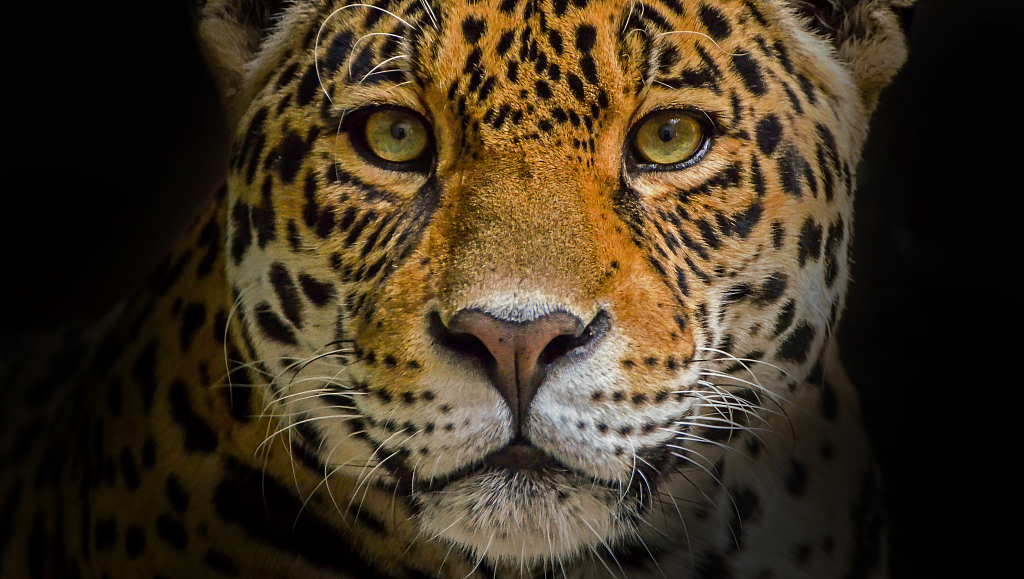
As the third-largest cat species in the world, and the largest in the Americas, the jaguar is the real king of the jungle. Different from your home cat, the jaguar likes water as a skilled swimmer. The powerful predator can even wrestle with alligators. It also has the strongest bite force of all predatory felines. /VCG Photo
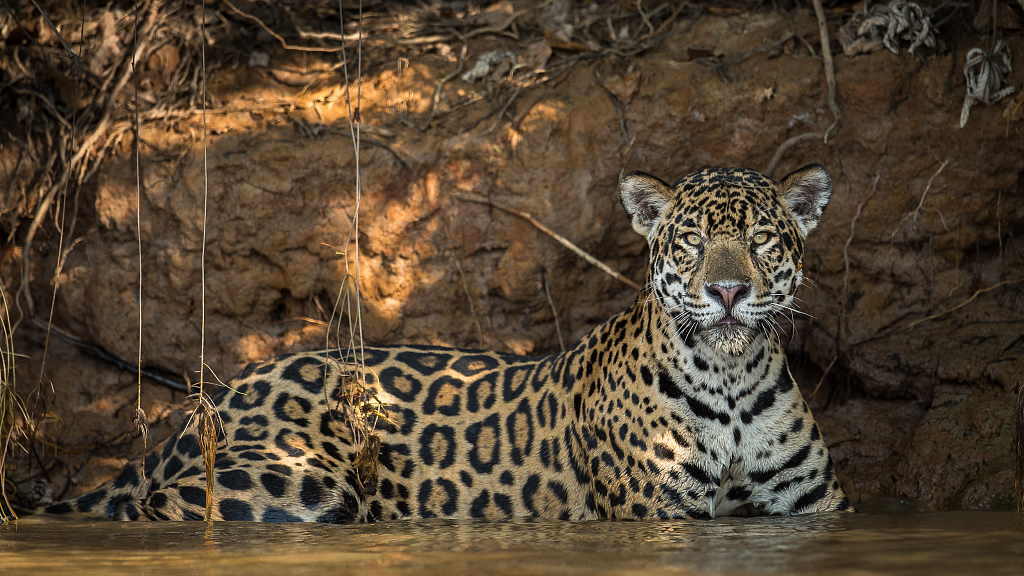
Sadly, the jaguar is listed as Near Threatened on the IUCN red list, due to habitat loss and fragmentation, and poaching as well. Though international trade in jaguars or their body parts is prohibited, the cat is still frequently killed. /VCG Photo
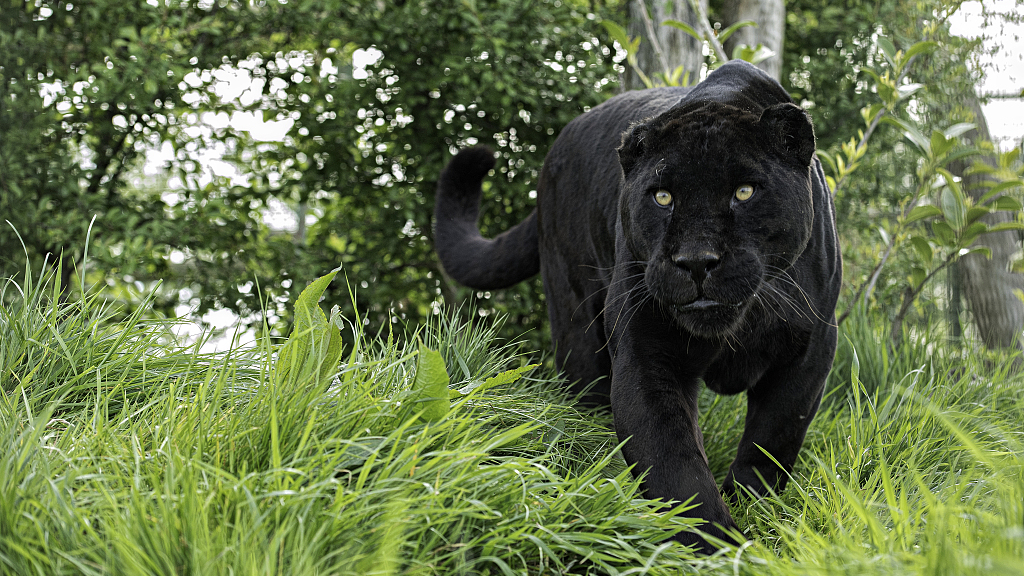
Do you remember the movie, Black Panther? In the biological term, a black panther is the melanistic color variant of any Panthera species. In Asia and Africa, black panthers are leopards; while in the Americas, black panthers are jaguars. /VCG Photo
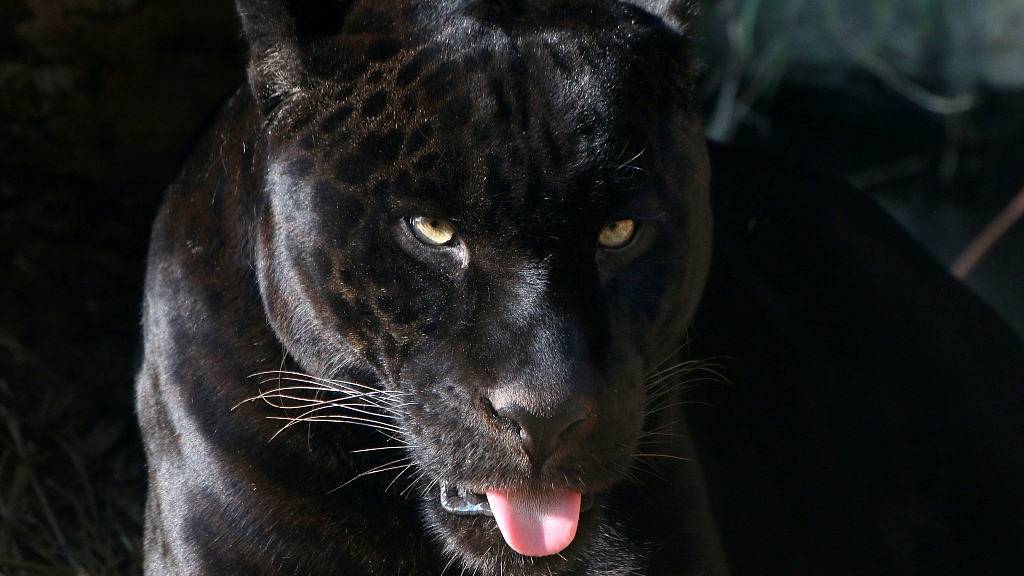
You can still see the spots and dots in the fur of this black jaguar. /VCG Photo
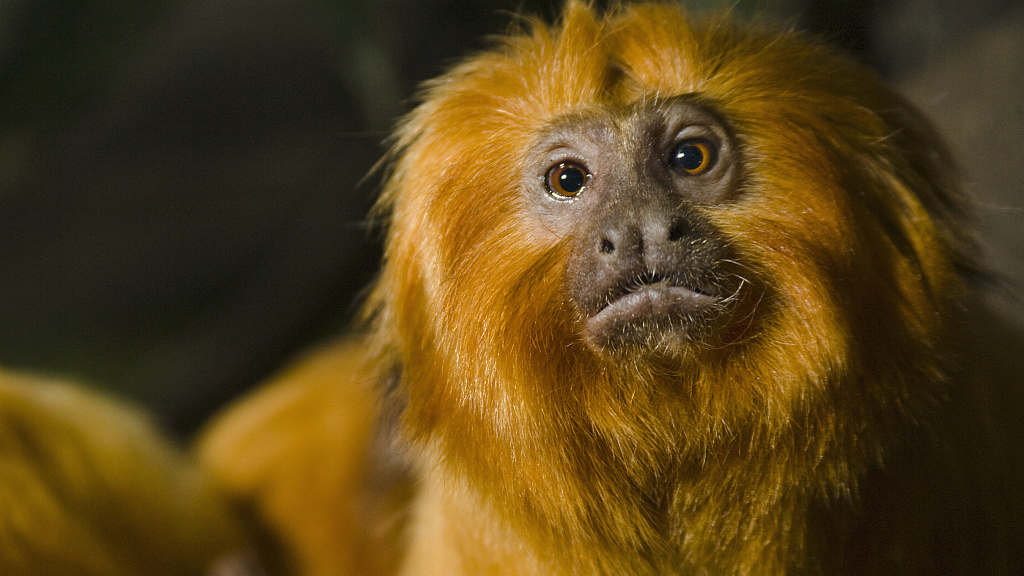
The tamarins are squirrel-sized little monkeys living in the Central and South America. Among different kinds of tamarins, the golden lion tamarin may be one of the most distinctive. /VCG Photo
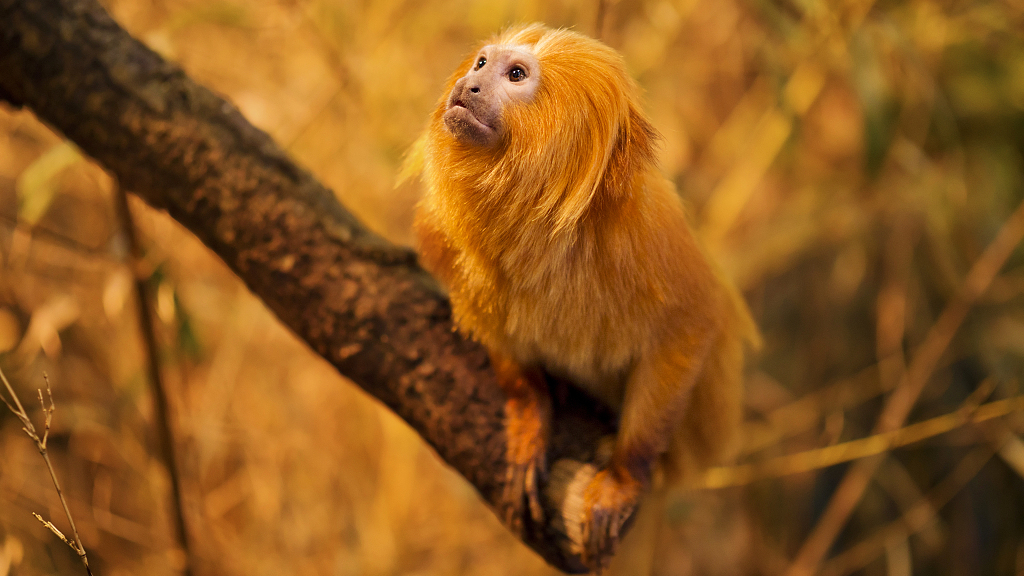
The golden lion tamarin only weighs around 620 grams but is already the largest of all tamarin species. Sadly, the cute creature has a small population of only 1,000 in the wild. /VCG Photo
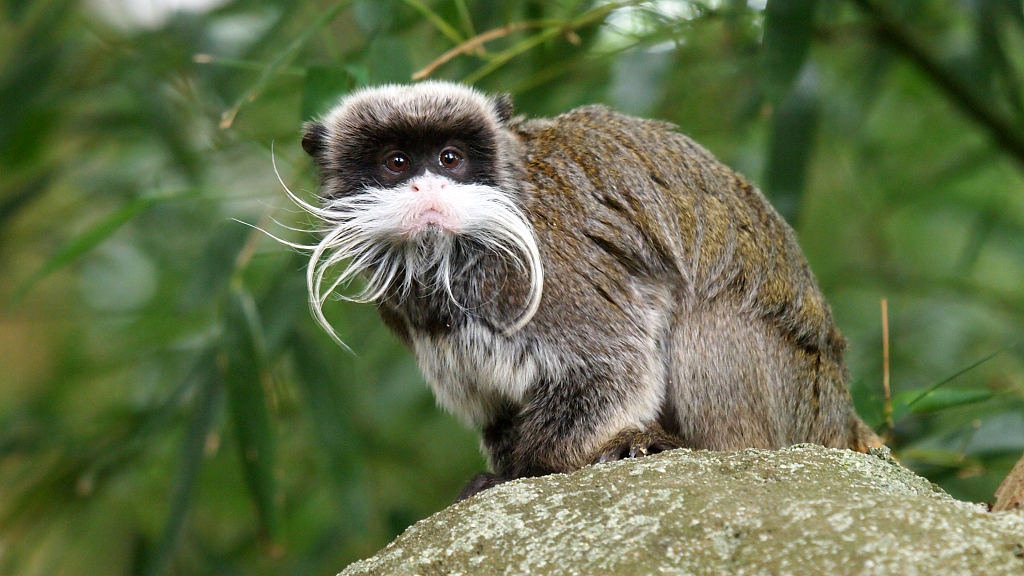
Another kind of tamarin, the emperor tamarin, also lives in the Amazon. The name came as a joke because scholars thought it looked like an emperor. /VCG Photo
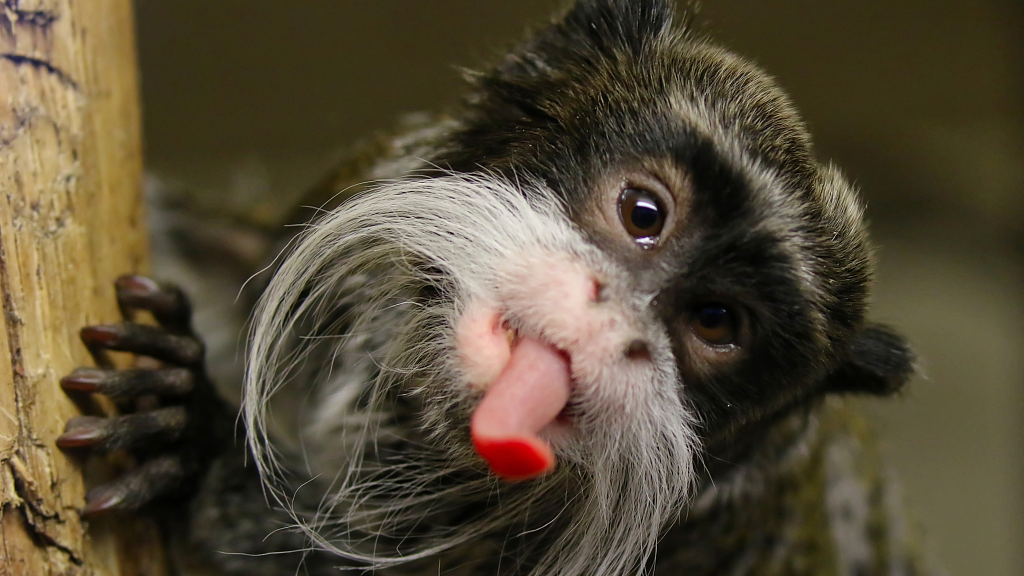
Emperor tamarin society is based on a dominance hierarchy led by a dominant female and her mate. So the "emperor" is actually "empress"! /VCG Photo
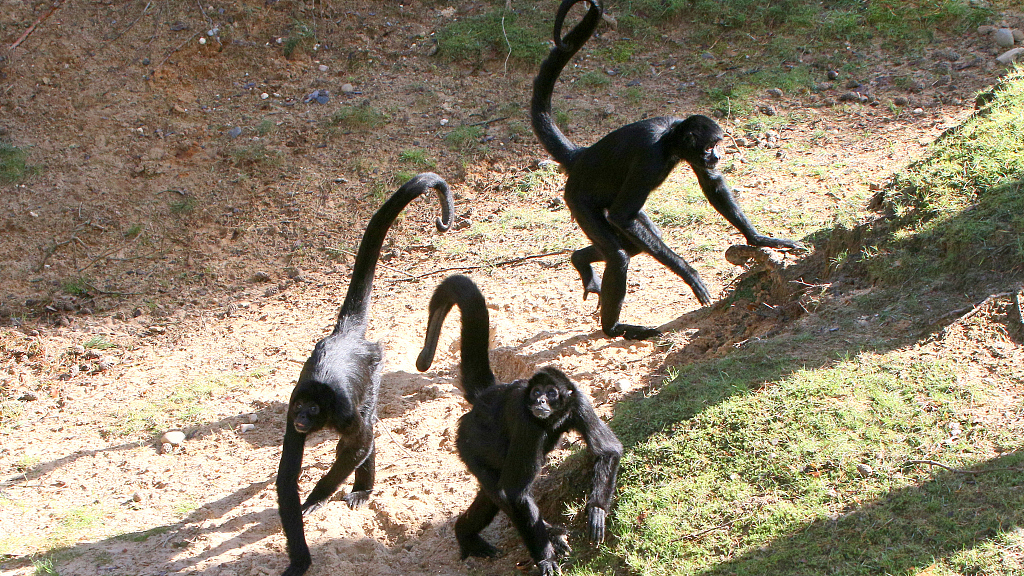
There are seven species of spider monkeys found in Latin America, all of which are listed as Critically Endangered, Endangered, or Vulnerable by IUCN red list. /VCG Photo
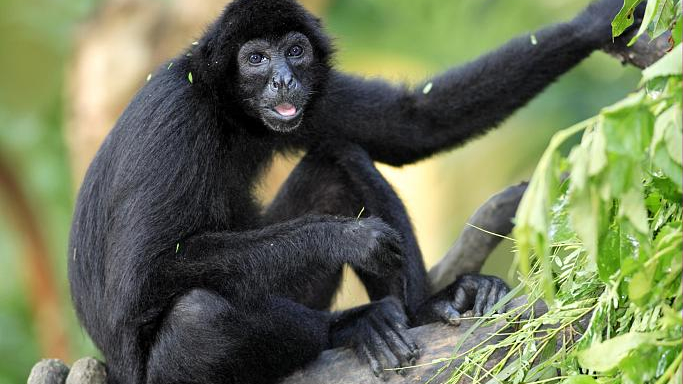
The spider monkey gets its name from disproportionately-long limbs and a long prehensile tail. They usually live in the high canopy of 25 to 30 meters in the rain forest, using the tails as "a fifth limb". /VCG Photo

Funny and a little bit scary, the bald uakari is easy to recognize with its bald head, crimson face and a very short tail. /VCG Photo
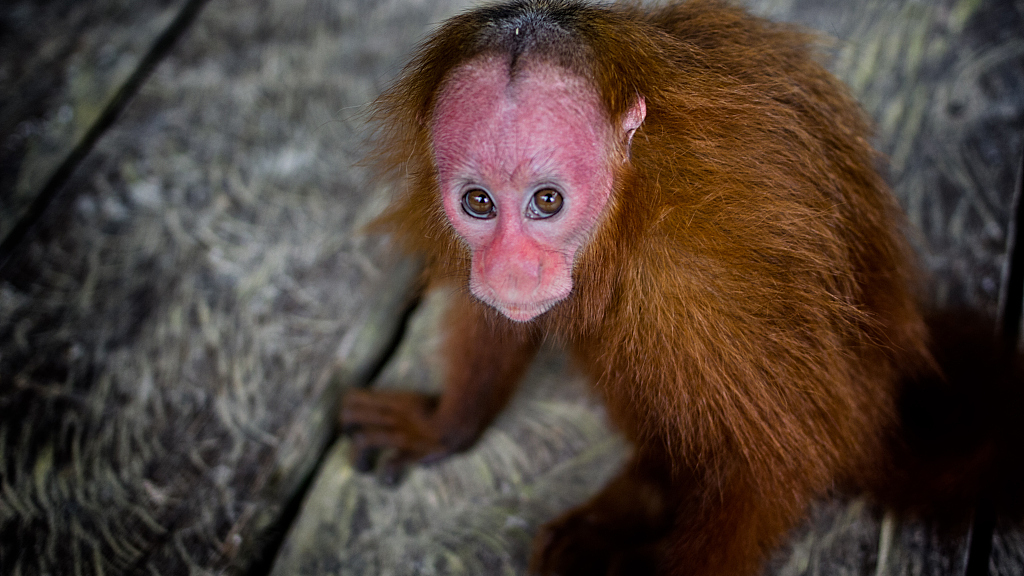
You may find the primate ugly, but for its kind, a bright red face is a symbol of good health. Because the uakari with malaria will look pale, a red face allows for the determination of a healthy mate. /VCG Photo

The blockbuster movie Zootopia correctly depicted sloth: one of the slowest animals in the world. The sloth only moves when necessary, and even then, its average speed is only 4-4.5 meters per minute. /VCG Photo

Surprisingly, the sloth may be a better swimmer than you. It moves much faster in the water than on the dry land, thanks to the slow heart rate, which allows it to hold its breath longer than human. /VCG Photo

The kinkajou is called "honey bear" in Chinese, but it is more relative to the raccoon. But the name is partly correct: the kinkajou's favorite food is honey and nectar of flowers and fruits. /VCG Photo
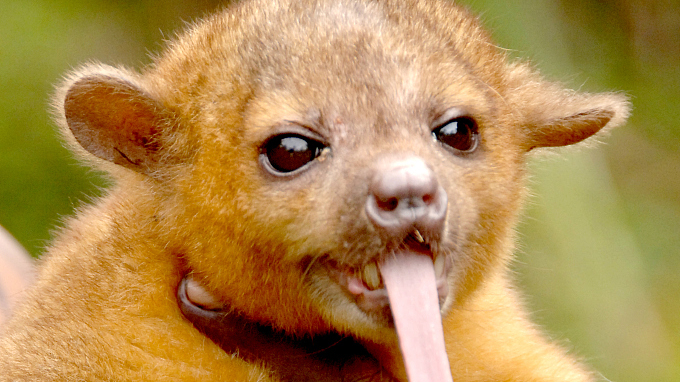
Kinkajou has a long tongue to pick hanging fruits and lick nectar. It has a diet consisting of 90-percent fruits, but will not refuse insects as snacks. /VCG Photo
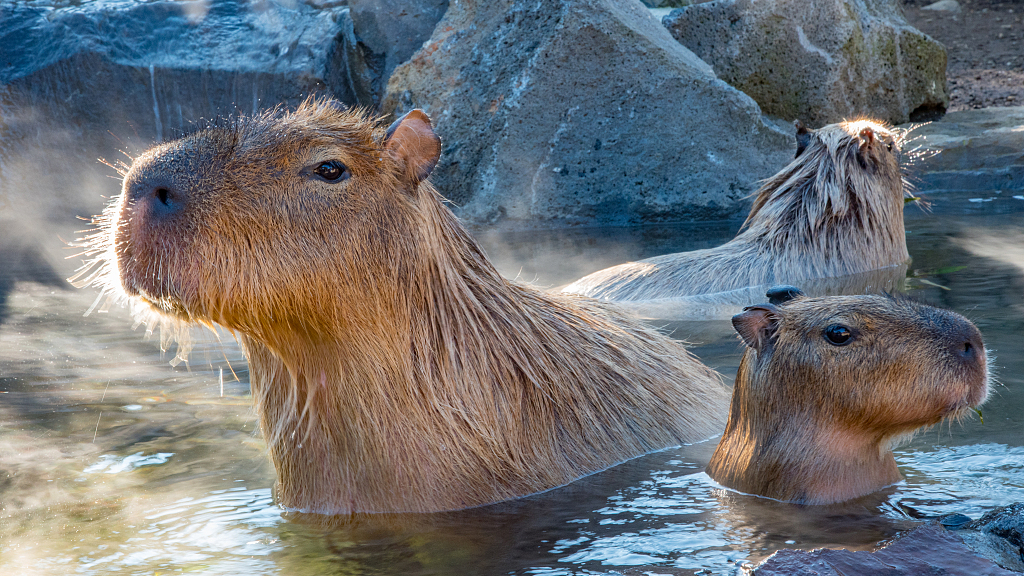
Capybara can grow as large as 1-1.3 meters long, weighing 35-66 kilograms. But do you know it is a rodent? A huge rat may scare you, but the capybara is one of the cutest, most gentle animals. /VCG Photo
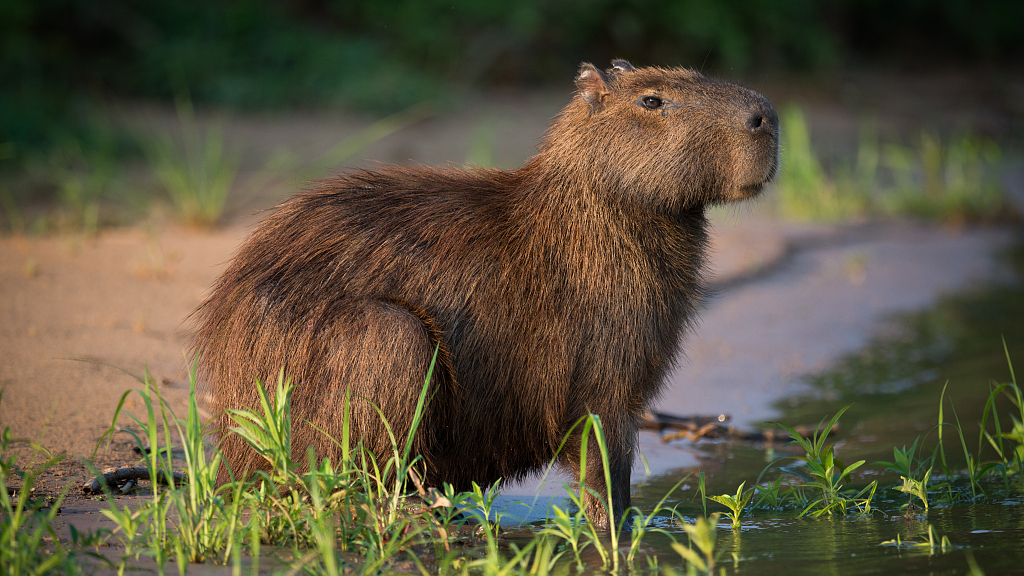
It is said that capybara can be friends with many other animals. The herbivore rodent grazes mainly on grass and aquatic plants. /VCG Photo
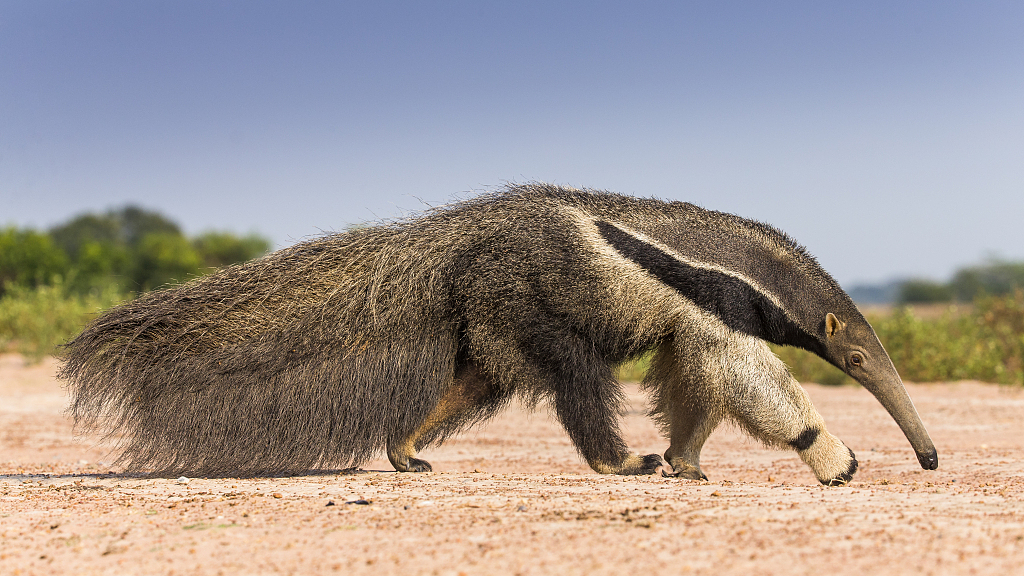
The biggest giant anteater can be 2 meters long, weighing 50 kilograms. Can you imagine such a huge animal feeds on ants and termites? An anteater visits up to 200 nests in one day, consuming as many as 30,000 insects. /VCG Photo
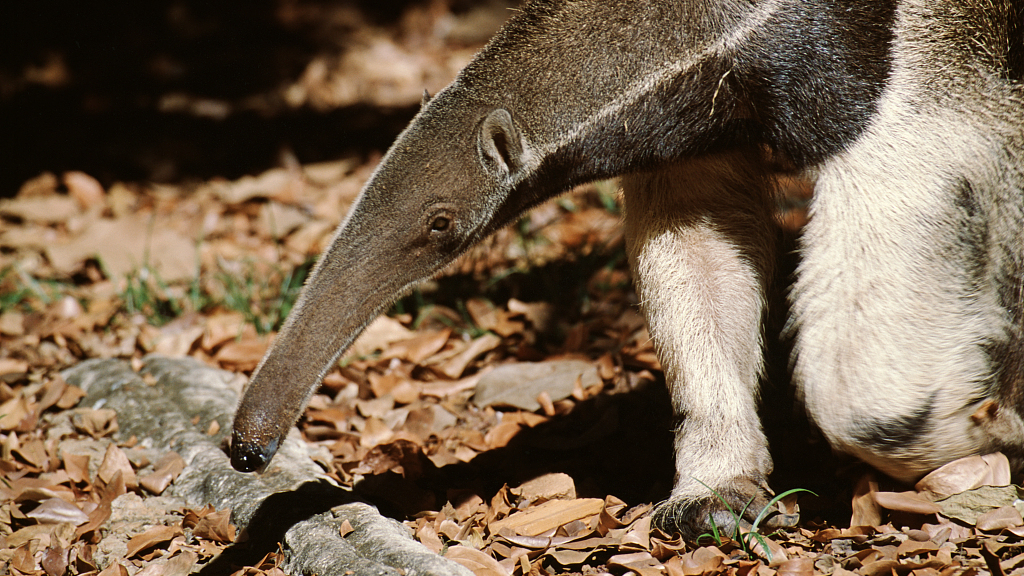
After finding a nest, the giant anteater tears it open with long claws and inserts its long, sticky tongue to collect its prey. The toothless animal has a tongue of 45 centimeters, longer than its skull. /VCG Photo
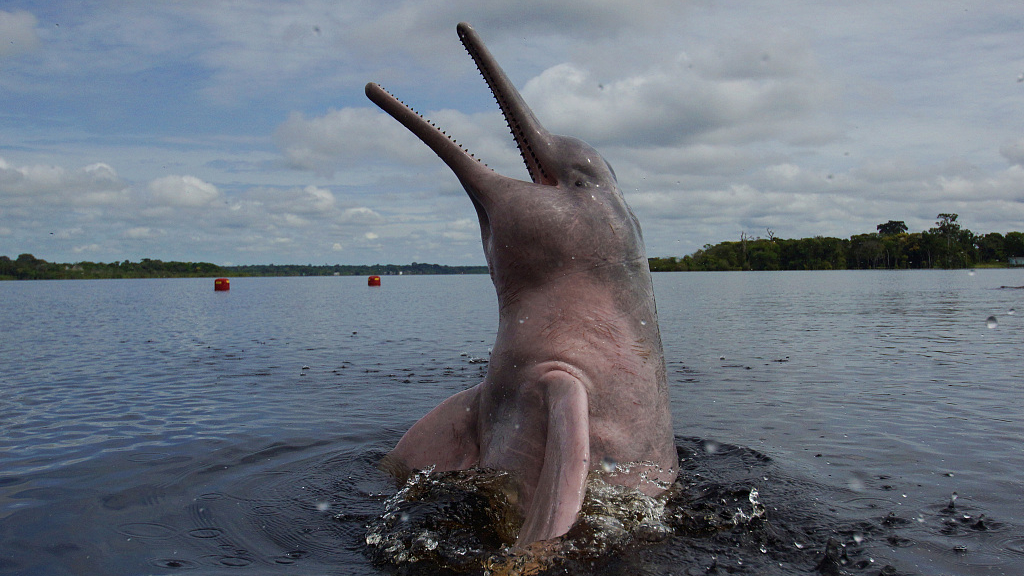
Nicknamed the pink river dolphin, the Amazon river dolphin has a delicate body color varying with age. It also wins a cute name "smiling angel" for its pleasant facial expression. /VCG Photo
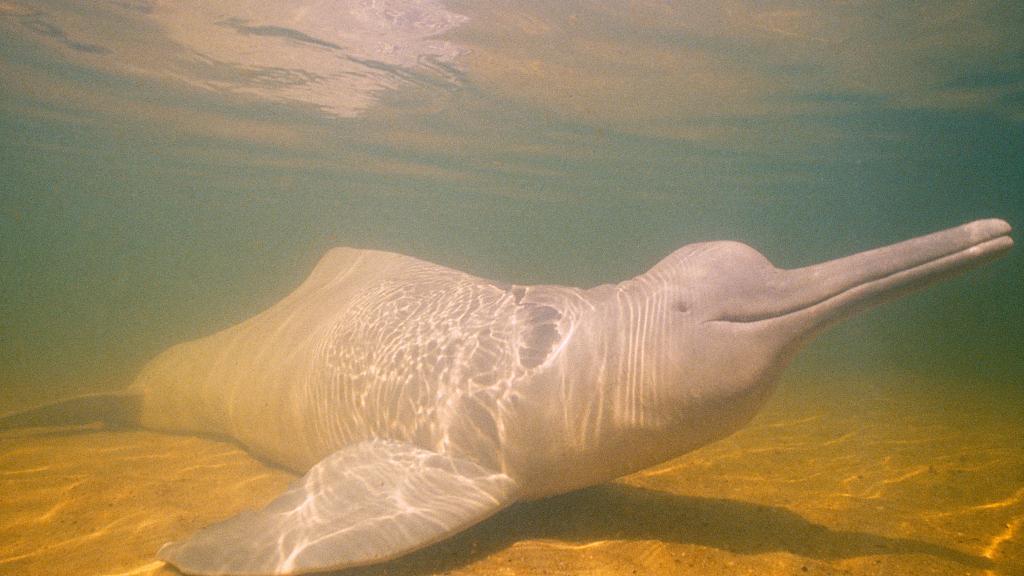
The Amazon river dolphin is a species of toothed whale living in freshwater. Despite small eyes, it has pretty good eyesight, which is useful when foraging in muddy waters. /VCG Photo
(Cover image via VCG, designed by CGTN's Fan Chenxiao)
(If you want to contribute and have specific expertise, please contact us at nature@cgtn.com.)

Copyright © 2018 CGTN. Beijing ICP prepared NO.16065310-3
Copyright © 2018 CGTN. Beijing ICP prepared NO.16065310-3